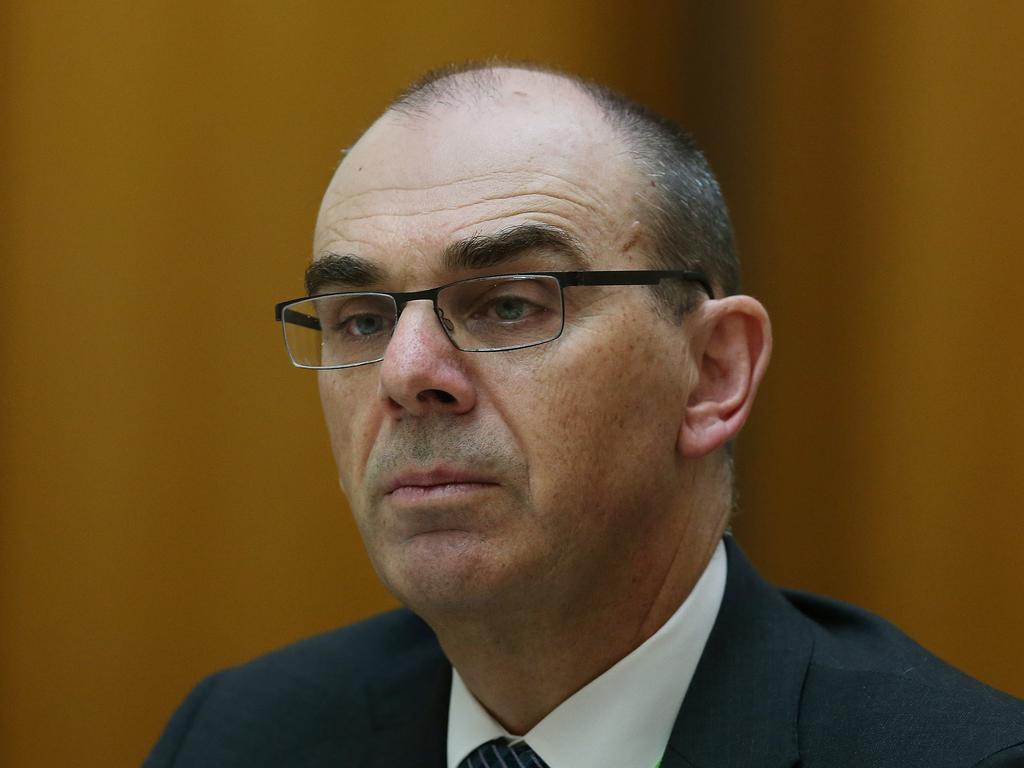Digital defender warns of ‘malicious cyber activity’
The head of the Australian Cyber Security Centre has warned that sophisticated state-based actors were targeting businesses and all levels of government.

The head of the Australian Cyber Security Centre has warned sophisticated state-based actors and transnational criminals were targeting businesses and all levels of government, exploiting vulnerabilities and developing viruses to steal money and sensitive data.
In her first speech as ACSC chief on Friday, Abigail Bradshaw will reveal the costs of a global surge in “devastating” cyber attacks on businesses, services and critical infrastructure were “grave”.
Ms Bradshaw, who leads the nation’s frontline in defending and disrupting cyber attacks on Australian interests, will warn the “threat landscape has evolved, escalated and expanded significantly” and flag moves to ramp-up offshore operations.
“It is indisputable that the scale, frequency and sophistication of malicious cyber activity is on the rise,” Ms Bradshaw will say.
“Professionally organised and transnational cyber criminals, as well as state based actors, are exploiting vulnerabilities and developing viruses, Trojans and more sophisticated ransomware for the purpose of stealing money and sensitive data.”
The ACSC, which falls under the Australian Signals Directorate, was set-up in 2014 after previously operating as the Cyber Security Operations Centre and Information Security Branch, known as the “Q Branch”.
Outlining the origins of the ACSC, Ms Bradshaw will say the “coupling of exploitation and defence – or poacher and gamekeeper – is as useful today and possibly more critical than it was even back then”.
In June, Scott Morrison warned that a “sophisticated state-based actor” was launching mass cyber attacks targeting governments, companies and critical infrastructure operators. While the government did not publicly name China, the communist nation has been widely blamed for the industrial-scale cyber attacks.
Delivering an address to the Institute of Public Administration Australia, Ms Bradshaw will highlight key actions under the ASD’s $1.35bn Cyber Enhanced Situational Awareness and Response package, which underpins the Morrison government’s cyber security strategy.
These include expanding a national exercise program focused on critical infrastructure operators to ensure “we are prepared to respond when our worst cyber day happens”.
A new partner portal with a multi-directional threat sharing platform will be set-up to provide “indicators of compromise at speed and scale”.
“We will expand and uplift our Joint Cyber Security Centres throughout Australia, improving their capacity to receive and share classified information,” she will say.
“We will extend and expand our offshore cybercrime disruption, continuing to work closely with our law enforcement partners and establish a countering foreign cybercriminal capability within the ACSC.
“We will employ and progress technologies that block threats automatically – partnering with industry to mitigate at scale.”
Ms Bradshaw, who is working with security agencies, critical infrastructure operators and governments to improve “national situational awareness capability”, will say the impact of malicious attacks are significant.
“There are the obvious financial costs of lost revenue and business, the loss of market position, opportunity and strategic advantage that arises from the theft of IP and commercially sensitive information.”
“The cost of loss of access to amenities and essential services and privacy is real. Less obvious – but equally significant – is the potential to undermine the confidence of Australians to live life and prosper through digital means.”
The cyber security chief will say “new technologies like the Internet of Things will bring benefits but also increase the threat surface that our adversaries will seek to exploit”.
“By 2030 an estimated 21 billion devices are expected to be connected to the global internet, with some estimating an eye-popping 64 billion by 2035.”
The ACSC’s Report Cyber tool received almost 60,000 cybercrime reports in 2019-20, at an average loss of $5000 per report, with a sharp rise in cases observed during the COVID-19 pandemic.








To join the conversation, please log in. Don't have an account? Register
Join the conversation, you are commenting as Logout